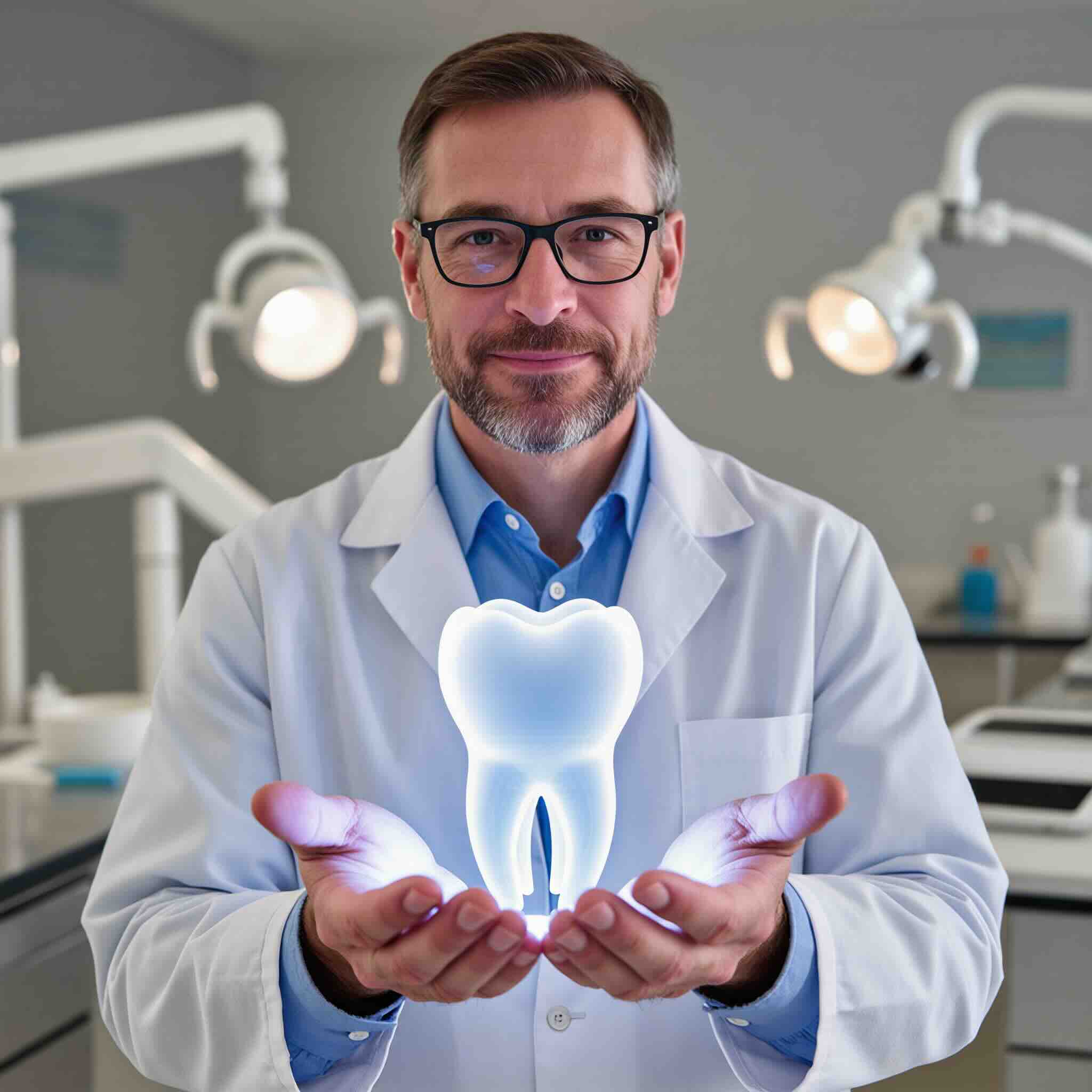If you’ve lost most or all of your teeth, you have two main choices: traditional dentures or a full arch of implant-supported teeth.
At KYT Dental Services, we design solutions that restore your smile, confidence, and quality of life.

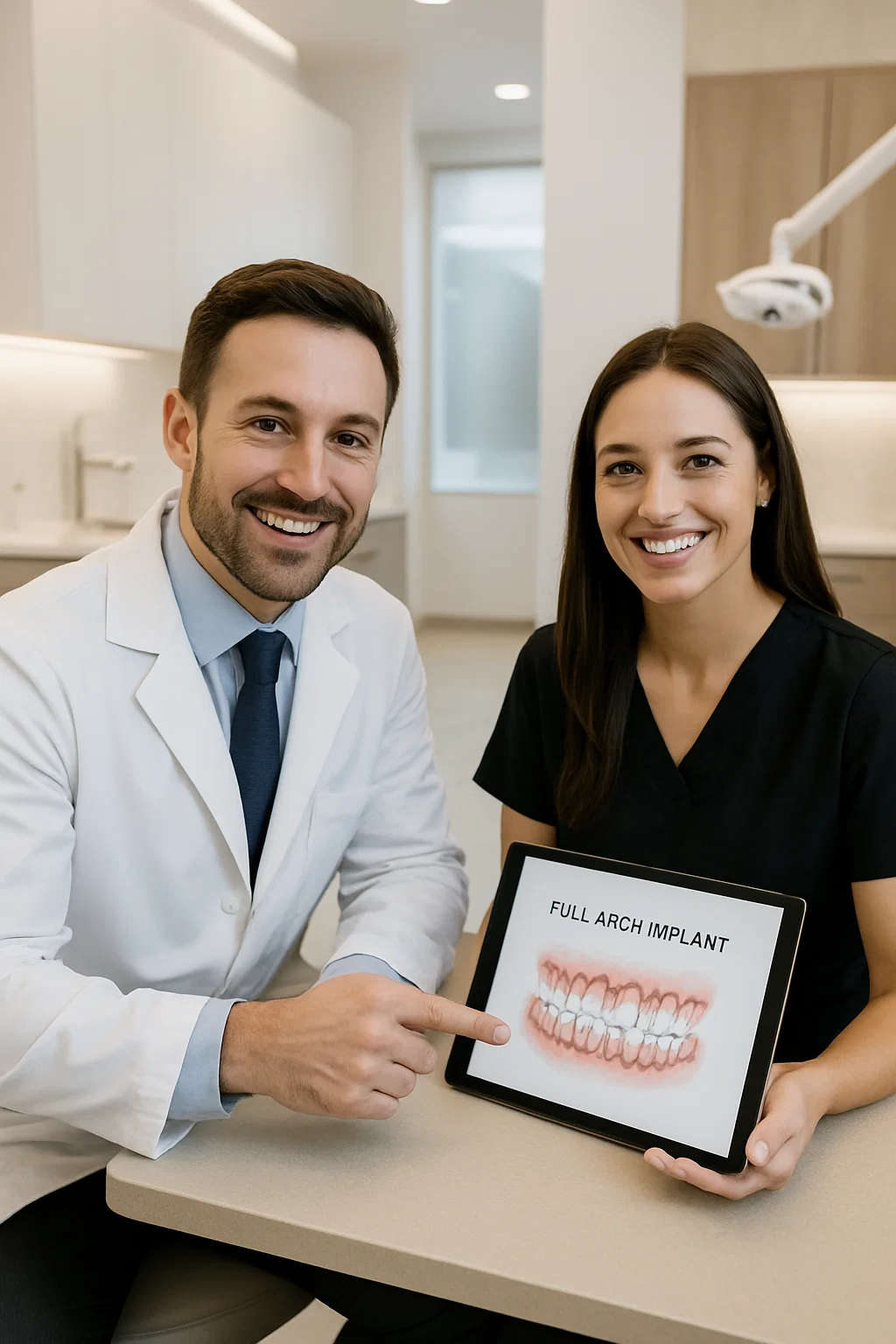
Dentures replace missing teeth, but they can slip, click, and limit what you eat. Full arch implants give you a permanent solution that:

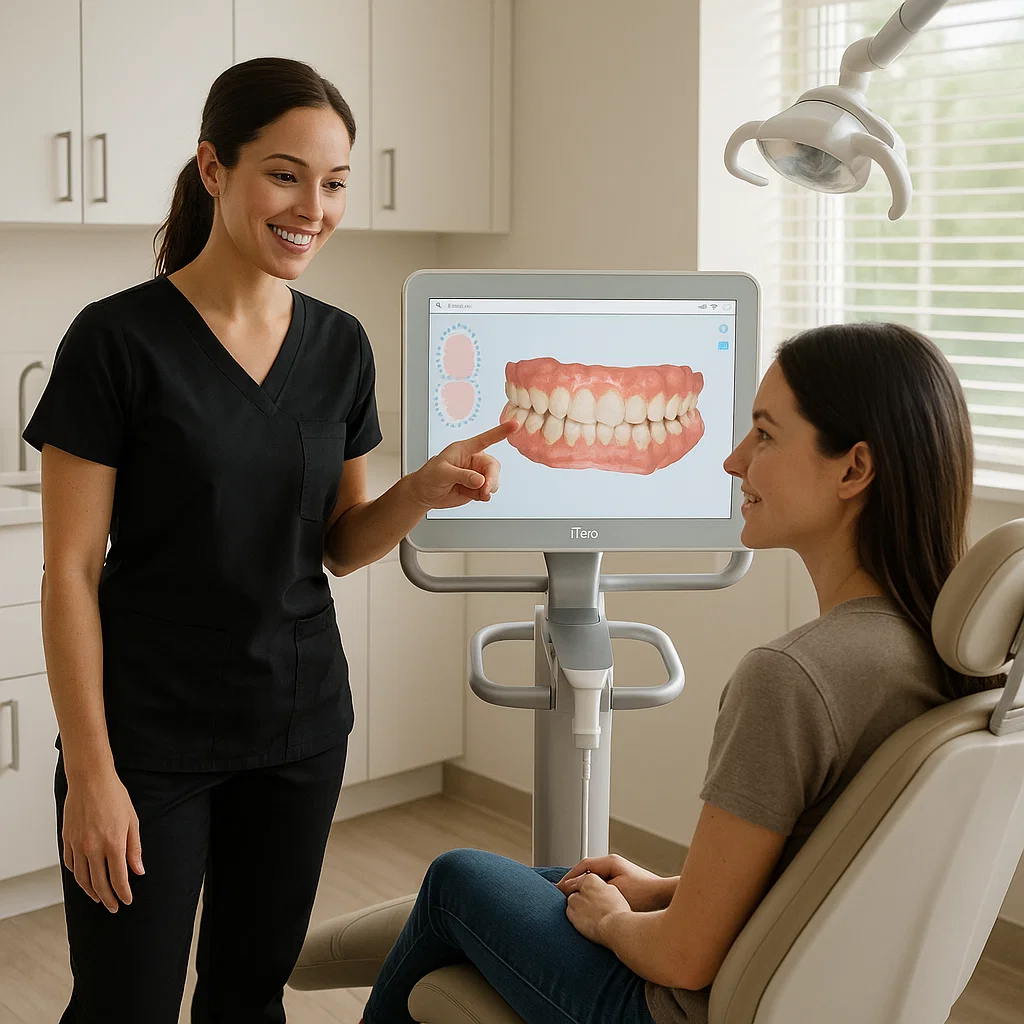

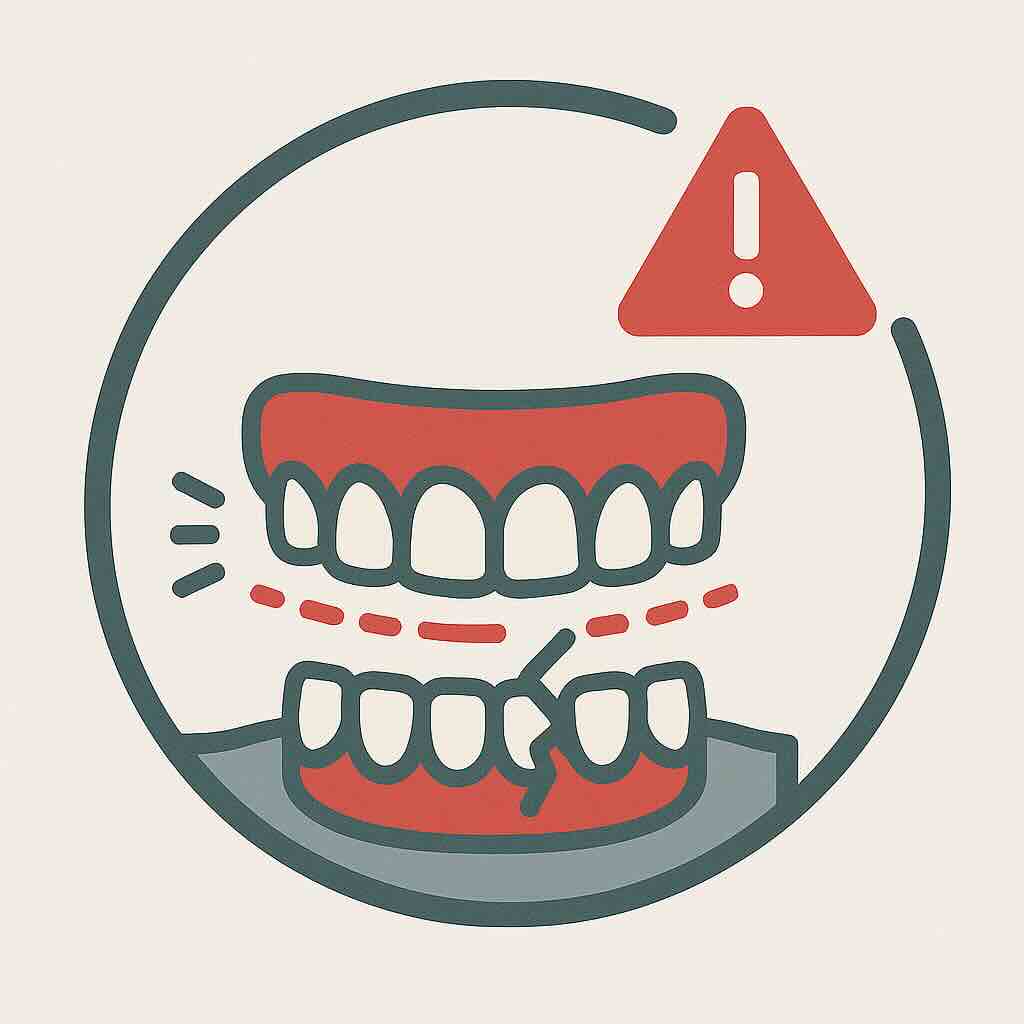
✨ Locked into place — no slipping or adhesives
✨ Restore strong chewing and confident speech
✨ Preserve jawbone and facial structure
✨ Long-lasting, permanent solution
Bottom Line: Full arch implants give you stability, strength, and confidence that dentures can’t match.
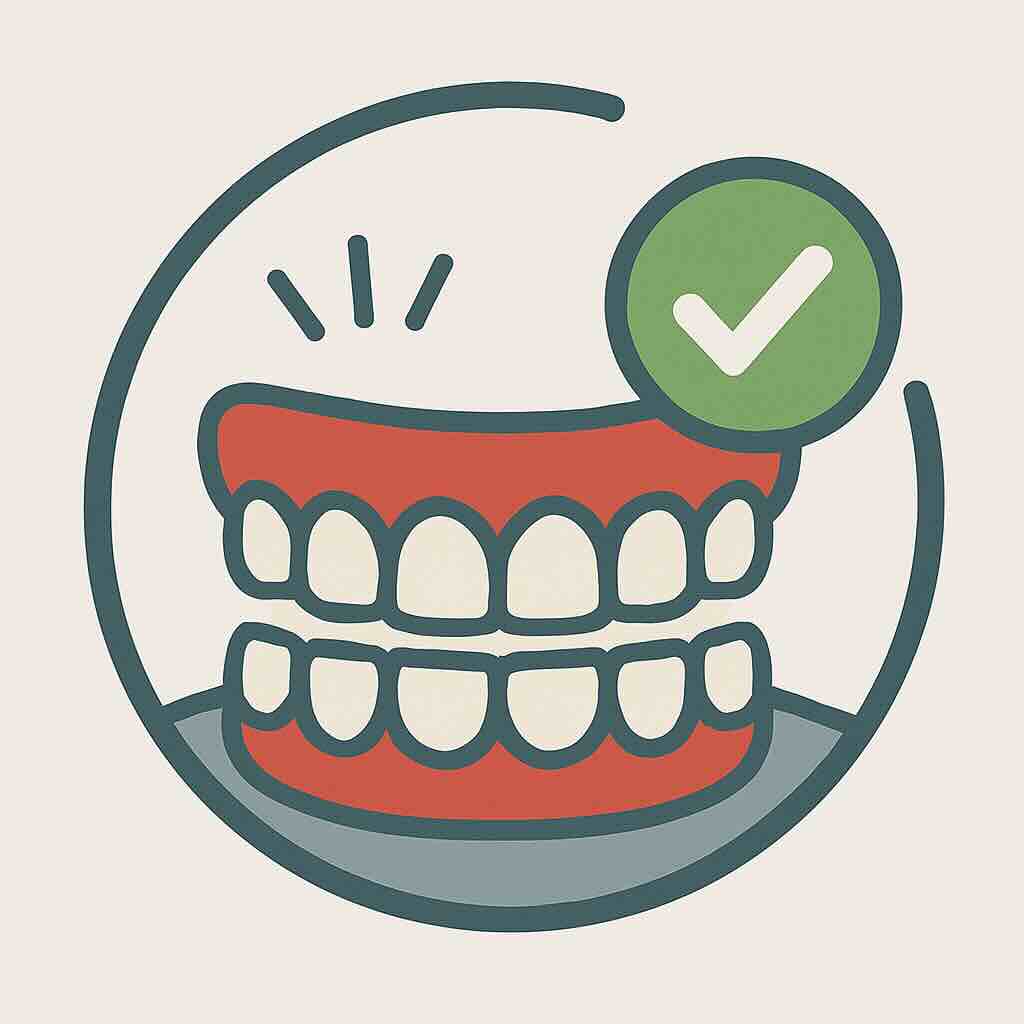
⚠️ Can slip or shift, especially while eating
⚠️ Rely on adhesives or suction for stability
⚠️ Accelerate bone loss and facial changes over time
⚠️ Limit what foods you can comfortably eat
Bottom Line: Dentures replace missing teeth but often feel unstable and don’t protect against bone loss.
Full Arch Implants:
Dentures:



